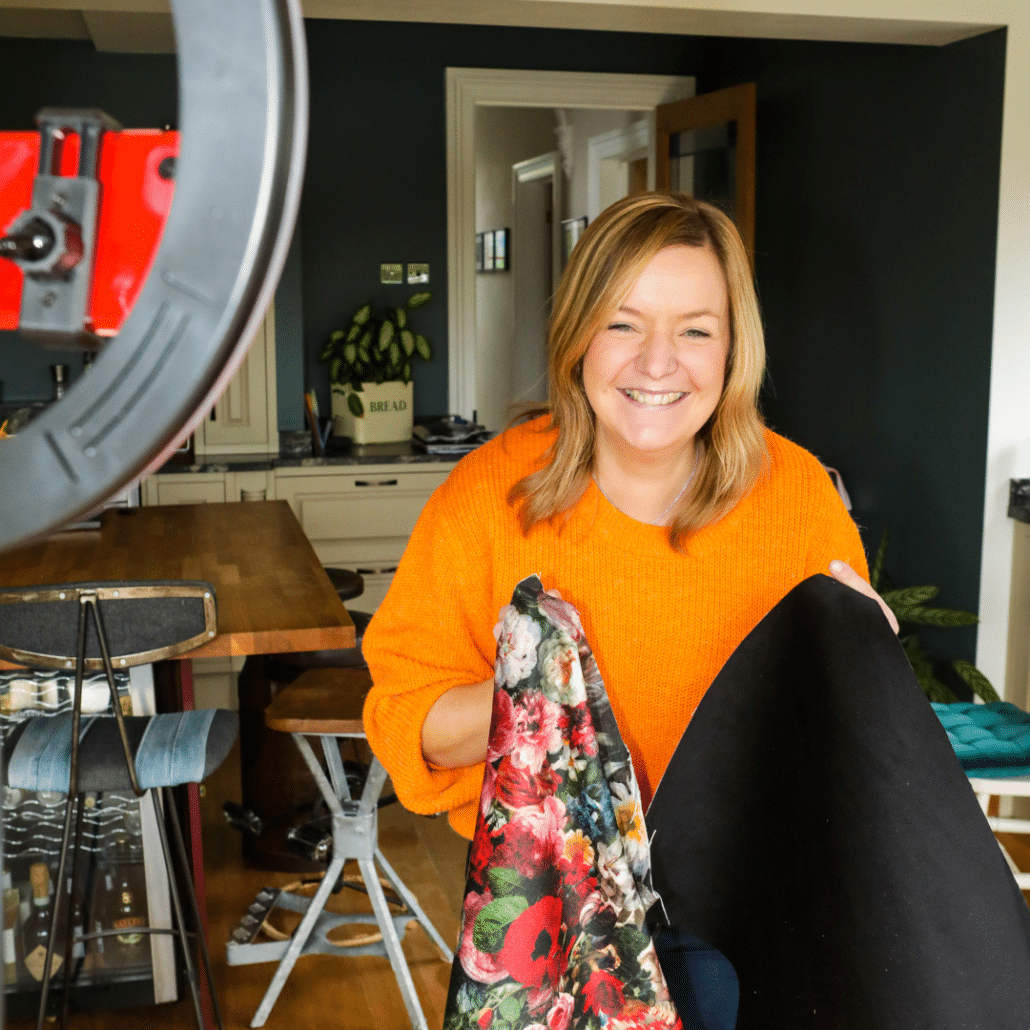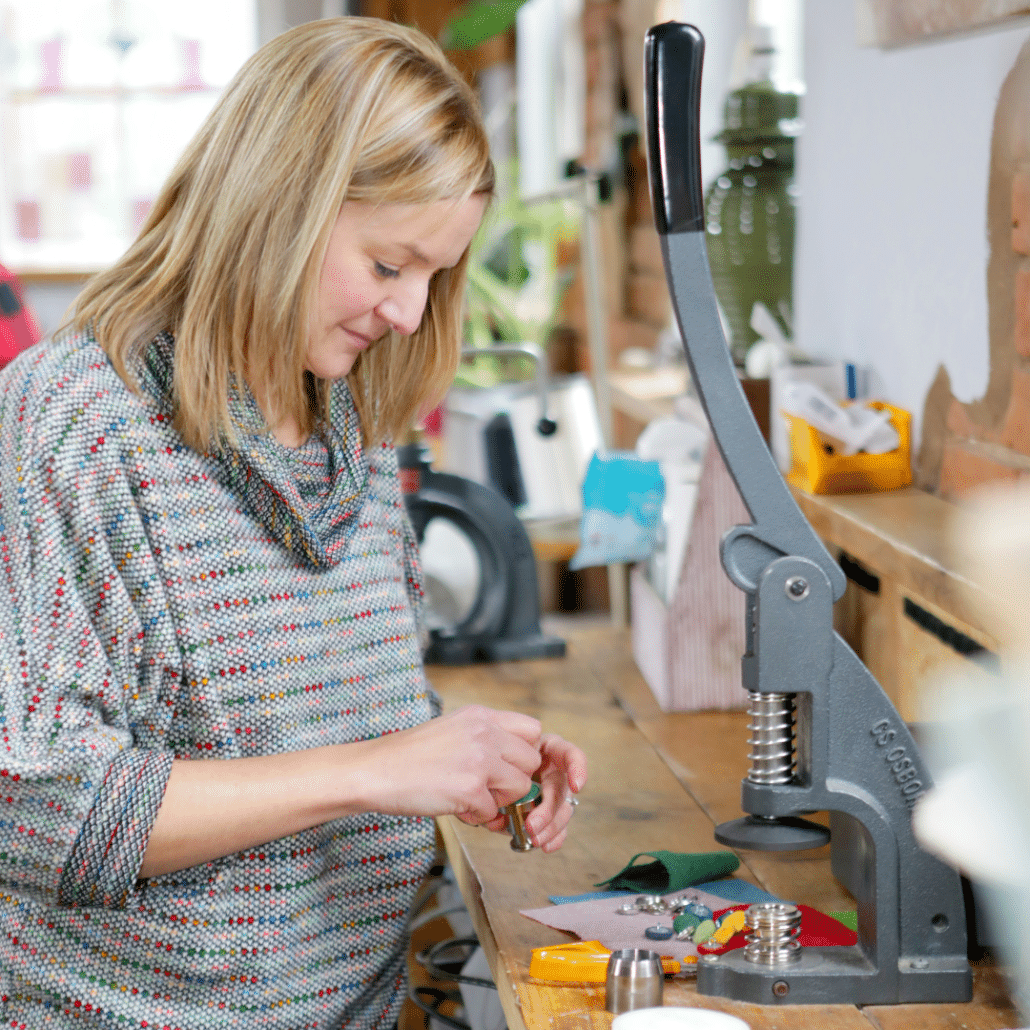7 lessons I’ve learnt that will help you on your upholstery journey
I’ve blinked and 7 years have passed since I registered my business as a limited company on the 30th June 2016, My son Alfie is nearly 8 years old, where on earth does time go! In some ways it only feels like yesterday since I started my upholstery business but in others it hasn’t as I’ve achieved so much along the way. From first starting out with our very first chair transformations, to opening up the chapel, making our very own furniture ranges to launching our upholstery workshops in 2021. The business hasn’t stood still.
As a person I’ve learned and evolved along the way becoming stronger as an individual now than I was back then. If you’ve known me since the beginning you probably would have seen these changes. There are many different ways that I could have angled this blog, but I wanted to share my top tips for those of you who are starting out on your upholstery journey. I’ve looked back on my experiences and shared the lessons I’ve learnt. Some of these lessons can be applied to more than just upholstery. Hopefully they may inspire and help you too.
- Has it got a purpose? The reason why I now ask myself this question is, do I need it, where will it be going and who will be using it. I will admit when I first started learning upholstery I was addicted. I was always looking for my next project, and buying things before I needed it. I got a buzz from buying. So I literally ended up with a house full of chairs, projects and fabric, and not all of them had a home to go to. So when I look back I wasted a lot of money on things I didn’t need and ended up with a lot of clutter. So now I always ask myself those questions!
- Plan….. This sounds a little boring in a creative world but it really helps to plan out your project. So you have all the materials, fabric and tools you need to complete it when you want to. I hate getting started and have to stop midway through because I’ve forgotten something. It takes a little bit of time and preparation at the beginning but saves it in the long run.
- Walk away if a furniture project isn’t quite going to plan I would now always suggest walking away. Talking from past experience I have carried on working and regretted it. I’ve either had to unpick my work, wasted fabric as I’ve cut it in the wrong place to name but a few. Take a break, or do something else. Working as an upholster I would always have several jobs on the go so I could work on something else and come back to it at a later date with a fresh set of eyes.
- Don’t work when you are tired. Upholstery is a creative process which you should enjoy but it’s also a craft that needs you to be alert. You are using machinery, you are often working on technical things that require brain power. If you are tired, mistakes are going to be made, which will either cost you physical time when you have to undo your bad work or money when you have wasted materials.
5. Don’t cut corners. If you are going to do a job it’s worth doing it properly. Don’t be tempted to just recover a piece of furniture without at least stripping the old fabric off first, and check out what is going on with the other materials. You will be horrified at the number of pieces of furniture that we’ve worked on that have more than one layer of fabric underneath! There are several reasons why I don’t do this. Here’s a few
- It might not meet current fire regulations
- You don’t know if the old materials need to be replaced like foam or webbing. If you are going to take the time and effort to reupholster at least check out what is going on underneath.
- You may feel the old layers of fabric underneath overtime as it begins to wear. As it wears they will begin to show on your new top fabric.
6. Don’t compare yourself to others. We all learn and develop at our own pace. It’s all too easy to look online at other people’s work and compare yourself. I’ve been there, please don’t do it. It doesn’t help your confidence. Stay in your own lane, learn at your own pace, and do what makes you happy.
7. Invest in your tools, materials and fabric. This is a big one and could have been split into three points! Don’t scrimp on your tools, materials and fabric. The biggest cost in upholstery is your time. Investing in the right tools will make the job easier to do. You don’t need that many tools to get you started, I started with the minimum and invested in more as time passed by. Investing in the right quality materials will give your project a superior finish. Investing in the fabric that you want will make you love it all the more as it is likely you will never go back and change it at a later date.
I hope you’ve enjoyed reading the ‘7 lessons I’ve learnt’ and find them useful on your upholstery journey.
But if you need help getting started or want to expand your upholstery skills then join us for an in person upholstery workshop we’ve got a host of different workshops aimed at complete beginners looking for an introduction to upholstery or sewing, or maybe you want to tackle a particular skill or technique. Check them out here. To celebrate our 7th business birthday If you book an in person workshop between 24th June until 30th June 2023 as a thank you from us you will get a bonus online course included at the checkout worth £79 – How to Make a Stool, Footstool or Bench with Shallow Buttons
Or if you prefer learning online check out our DIY upholstery workshops for you to enjoy at your own pace in your own space. To celebrate our 7th business birthday when you buy a frame kit between 24th June until 30th June 2023 as a thank you from us you will get a bonus online course included at the checkout worth £79 – How to Make a Stool, Footstool or Bench with Shallow Buttons






